Microsoft is working on a technology that finds files you've seen before based on topics you're interested in
The system acts similar to how Windows AI Explorer is described to be.
3 min. read
Published on
Read our disclosure page to find out how can you help Windows Report sustain the editorial team. Read more

A while ago, we reported that Microsoft wants to release an AI Explorer on Windows 11 and it’s similar to the existing File Explorer, but it has advanced AI capabilities with a built-in history or timeline feature capable of searching everything Windows 11 users tell it to, using natural language.
The AI File Explorer will have access to everything on Windows 11 and help users find documents, chats, or any other files on the operating system. Assuming you tell it a word, for instance, summer, the AI File Explorer will display all the documents that include or reference the word summer, and it doesn’t have to be explicit, as this feature is also capable of context.
Microsoft might showcase the new AI Explorer at the BUILD conference, in May, however, the Redmond-based tech giant recently published a paper containing a patented technology that functions and looks strikingly similar.
The paper talks about a technology called Document Re-finding System, that helps users find documents they’ve seen before.
The user provides ‘concept clips’, which are ideas or topics they’re interested in, and then, the system turns these concept clips into ‘embeddings’, which are a kind of digital fingerprint for the ideas, using machine learning models, but other technologies, such as AI, can be integrated.
The re-finder system may generate (using a machine learning model, such as a transformer model though on of skill in the art will appreciate that otger types of models may be used) semantic embeddings for he concepts defined by the user and for the clips of documents previously seen by the user.
The system then looks at all the documents the user has seen before and finds ones that are related to the concept clips. It shows these relationships in a visual way on the user’s screen.
Finally, the user can follow this visual guide to find the document they’re interested in.
Similar to the Windows AI Explorer, the patent says the technology can be used for a variety of files, from emails, to chat messages, photos, webpages, and things users looked at on the Internet. Natural language-based prompts can be used to tell the system to find specific files.
The re-finder system may be configured to assist users in re-finding emails, chat messages, documents stored in a file repository, previously encountered by the users. The re-finder system may allow the user to define concepts that may include clips, such as parts of documents, images, text paragraphs, etc.
In many ways, the system acts similar to how Windows AI Explorer is described to be: it even automatically adapts to users’ input, and it can differentiate between semantics. For instance, search results for ‘food and drinks’ will be different from those found with ‘nutrition’.
Microsoft has yet to confirm the new Windows AI Explorer, but when it does, it will have many of this system’s capabilities.
The paper can be read here.
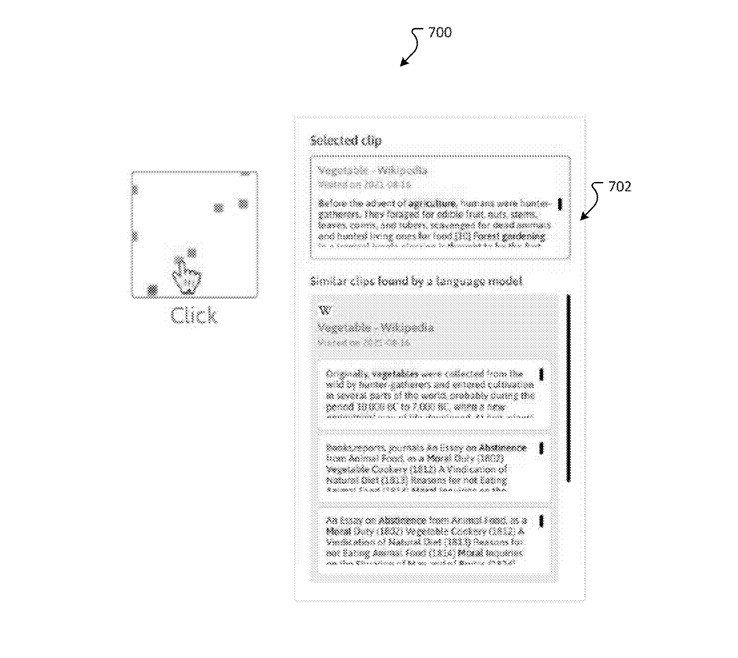

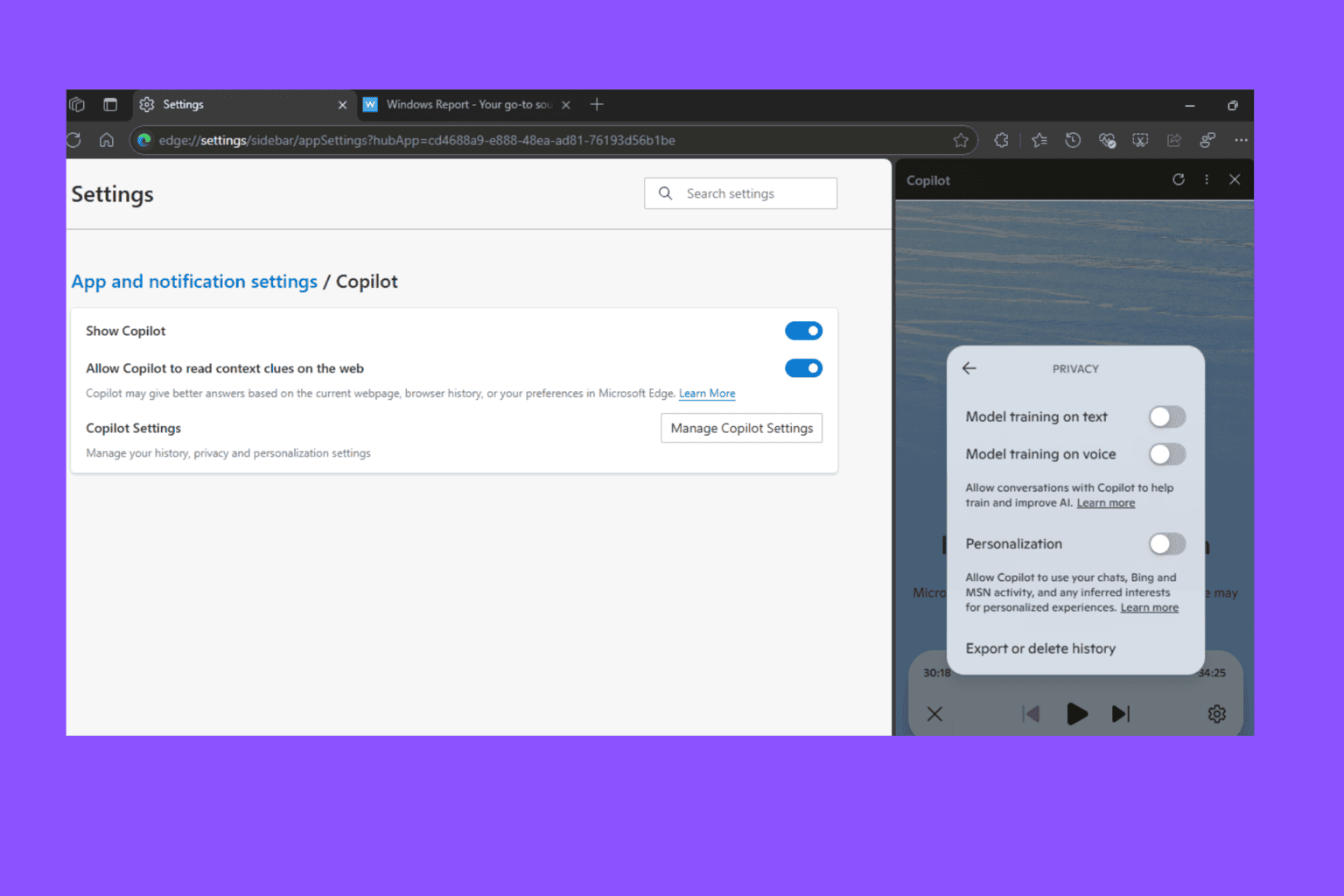

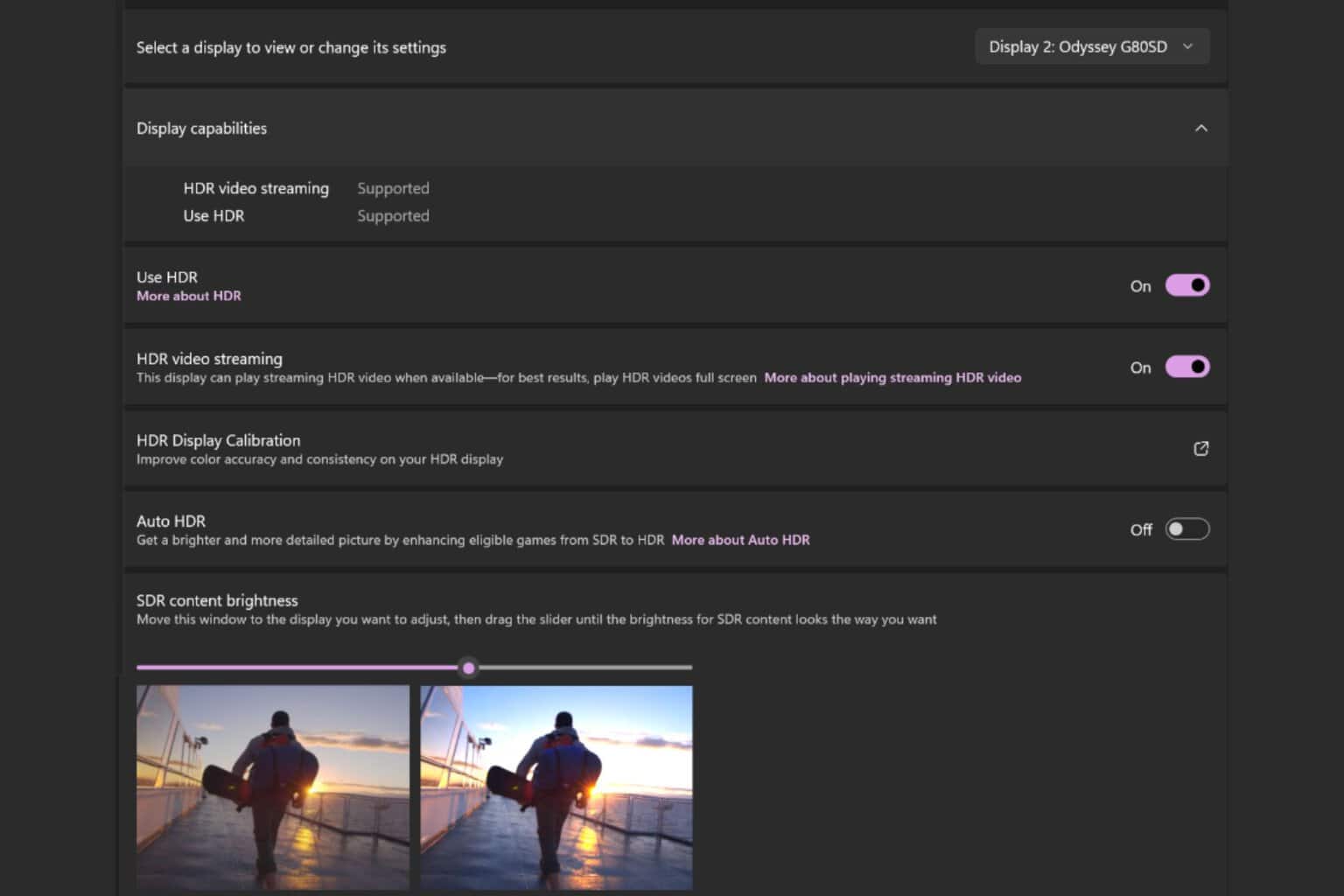
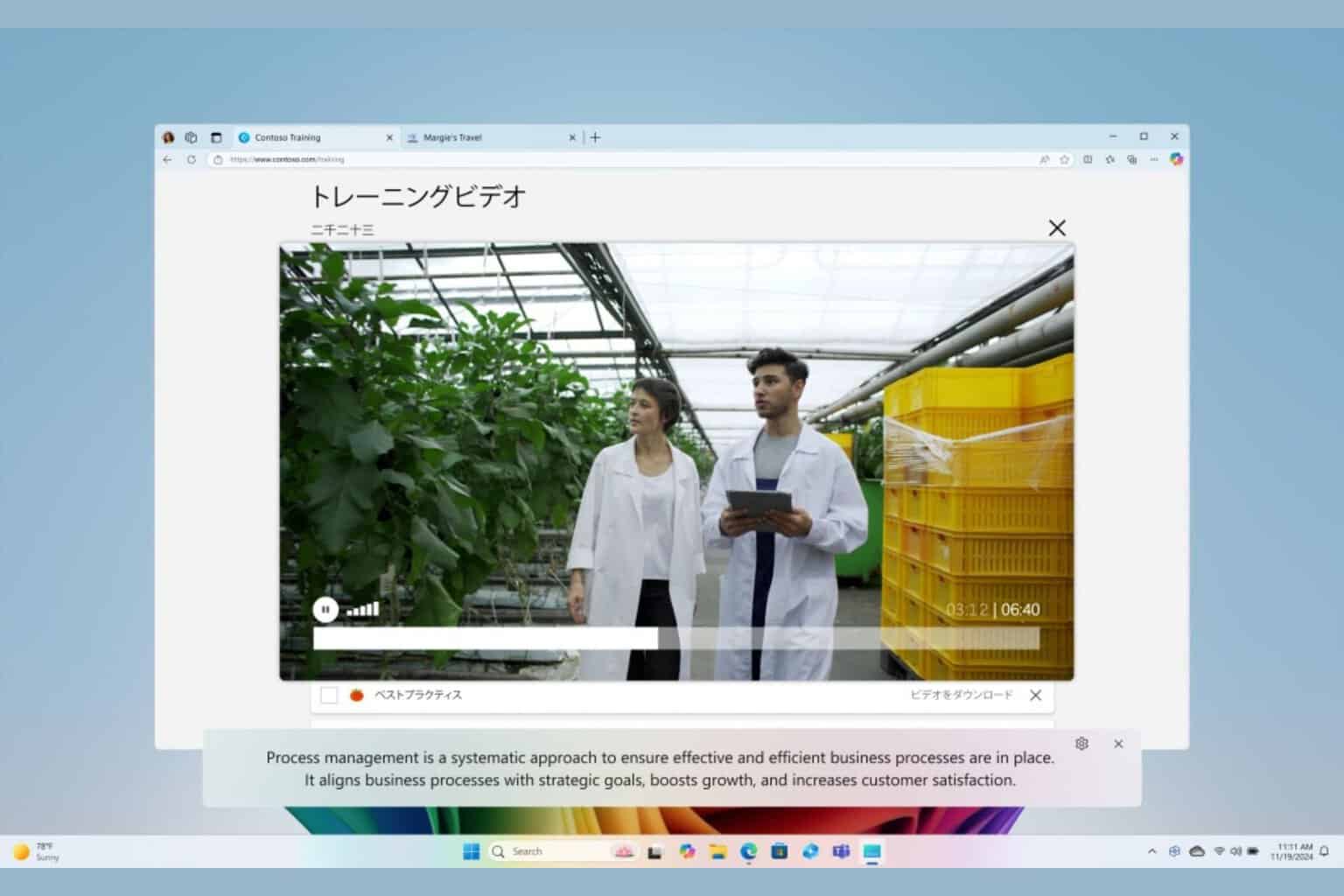
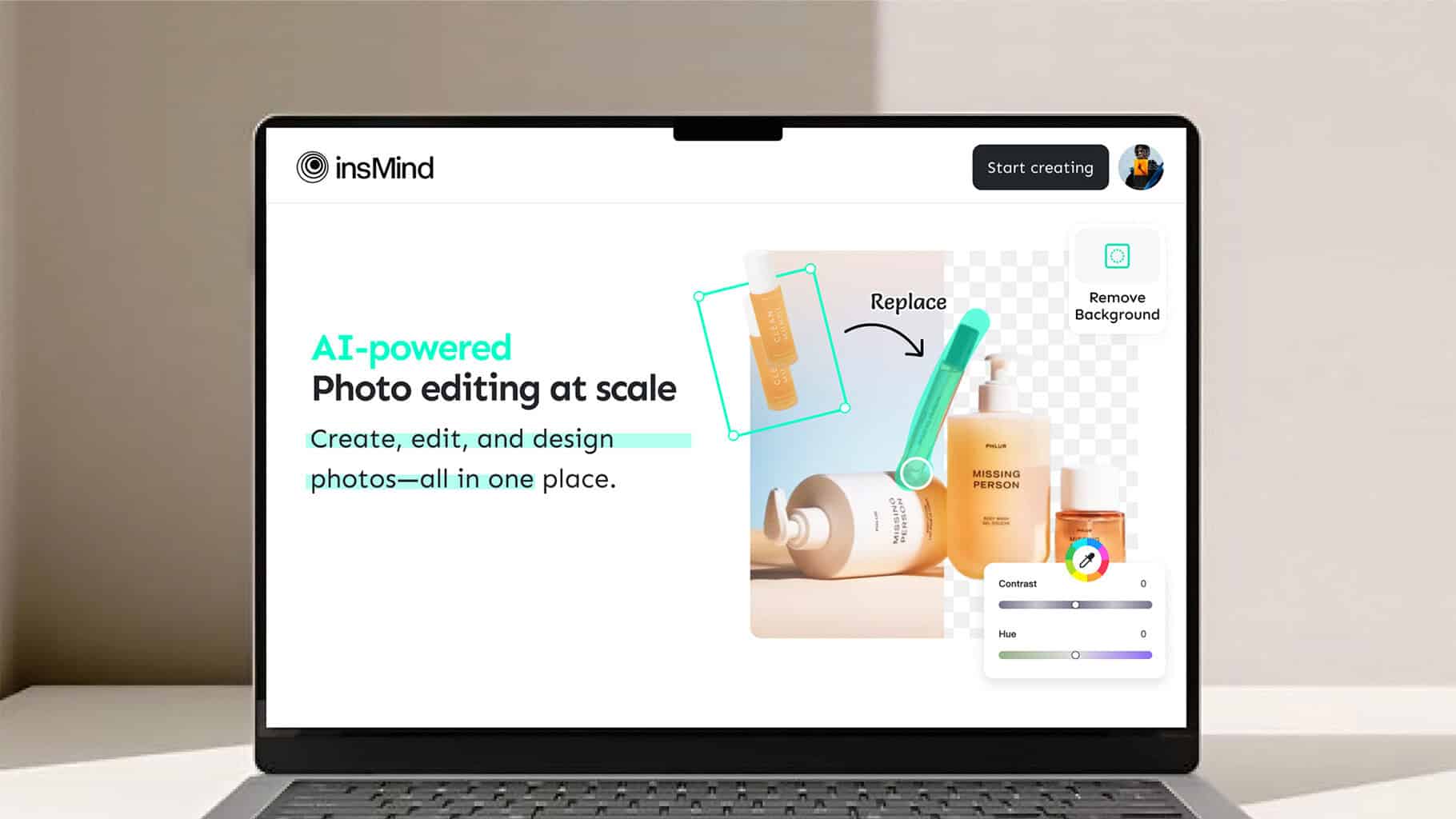
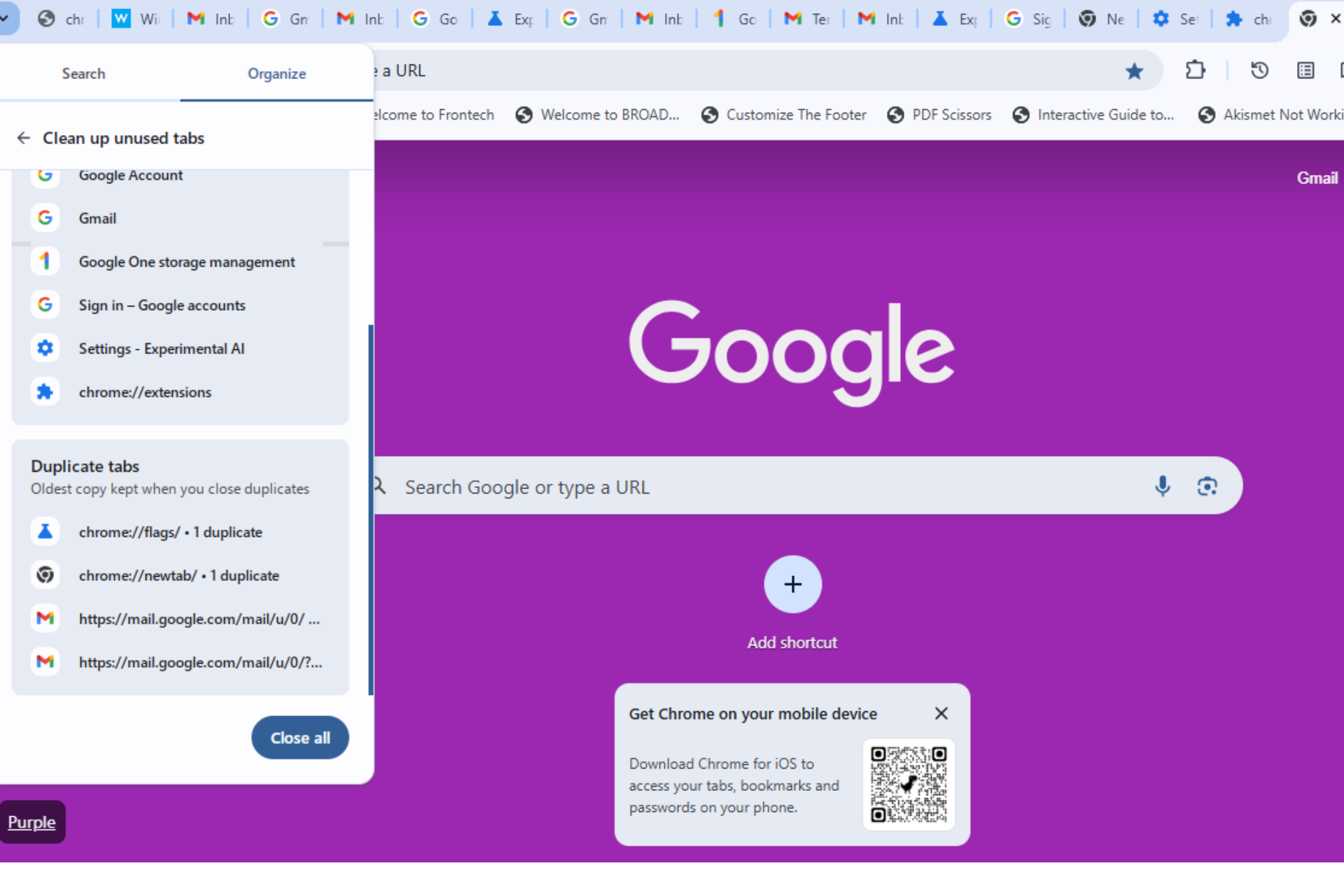
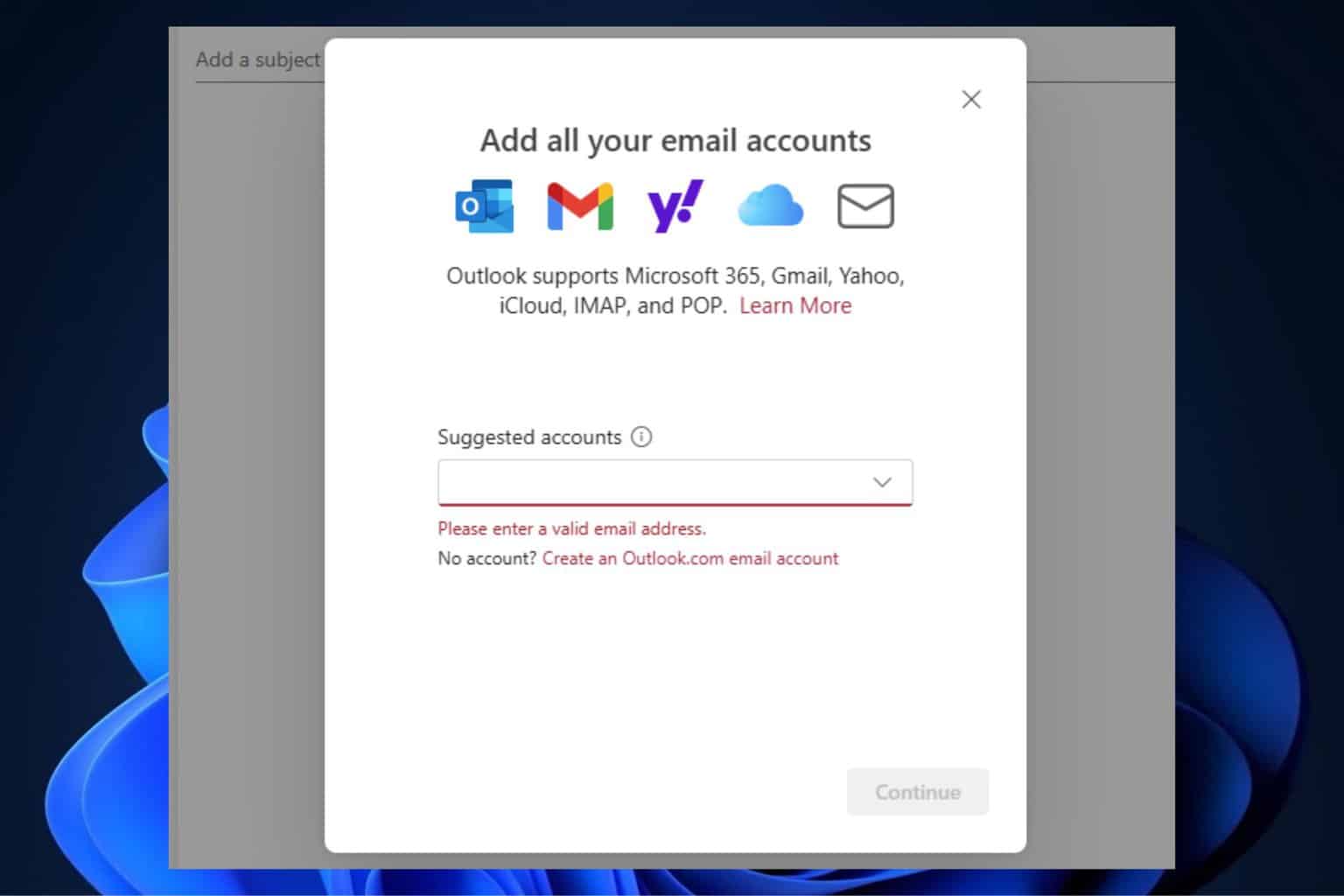
User forum
0 messages